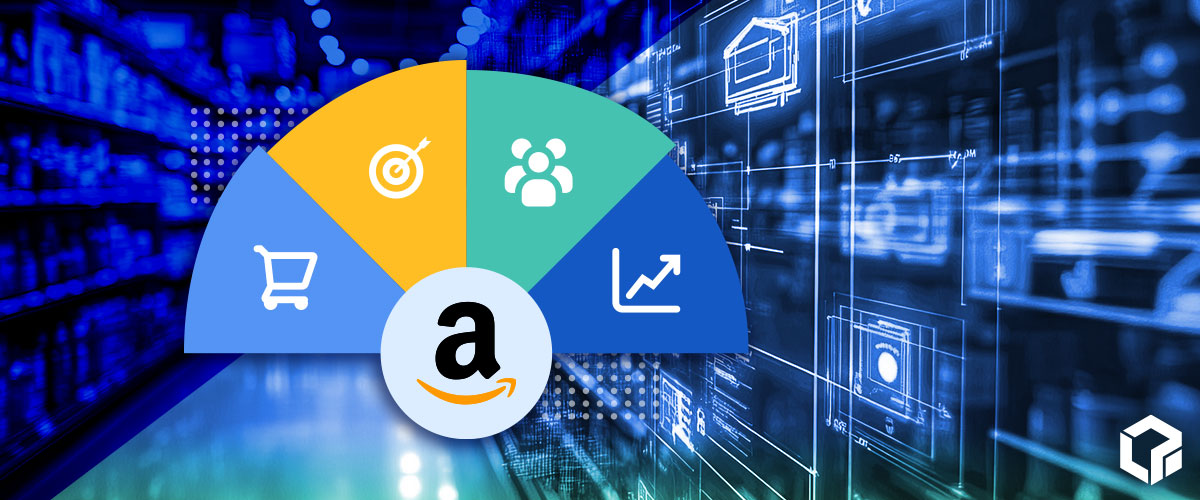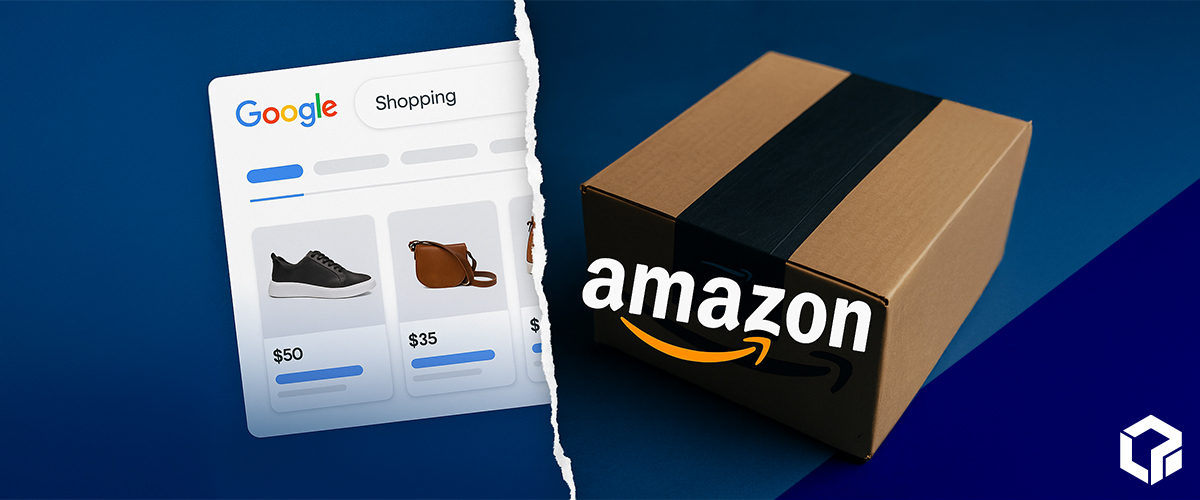Every July, shoppers flood digital storefronts in search of the best deals — and not just on Amazon. What began as a single-platform promotion in 2015 has snowballed into a summer-long sales phenomenon across the retail industry. With Prime Day 2025 expected to expand to four full days, brands of all sizes face a familiar question: how can we compete — and win — during the summer’s most competitive e-commerce window?
The answer lies not in flash sales alone, but in how brands use this period to acquire high-value customers who return long after the sale ends. For businesses focused on long-term growth, July offers more than just a revenue spike — it’s a valuable opportunity to build relationships.

Prime Day’s Broader Impact on Retail Strategy
Prime Day and its evolution have results rivaling Black Friday. In 2024 alone, retail sales during Prime Day week topped $14.2 billion. This momentum reflects a shift in consumer behavior: shoppers now expect—and actively seek—deals in July, regardless of the platform.
This shift presents more than a sales opportunity. It’s a strategic moment to engage new audiences, elevate brand presence, and create memorable shopping experiences that extend far beyond a single transaction.
Know Your Customers’ Long-Term Value
The first step in crafting a July sales strategy that builds brand loyalty is understanding customer lifetime value (LTV). LTV estimates the total revenue a customer will generate over the life of their relationship with your brand, and it should be the cornerstone of your summer promotions strategy.
Products such as skincare, supplements, baby clothing, and other consumables tend to attract high-LTV customers, as purchases are frequent and repeatable. In contrast, one-time purchases, such as mattresses or engagement rings, generally offer less opportunity for repeat transactions.
For brands with strong LTV potential, Prime Day presents an opportunity to attract new customers. A well-timed discount may hurt margins in the short term, but it’s a worthwhile investment if it brings in customers who will return month after month.
Planning for Long-Term Growth, Not Just Short-Term Revenue
If your business sells high-repeat items or has strong cross-sell potential, your Prime Day strategy should focus on more than just the depth of discounts.

Consider how your offers support:
- Customer acquisition goals: Prioritize new customers that align with your strongest audience segments.
- Data collection: Leverage increased traffic to build your email list and retargeting pools.
- Brand trust: Ensure a seamless buying experience that leaves customers eager to return.
On the other hand, businesses with low-repeat products may use Prime Day more tactically — to clear inventory, move discontinued SKUs, or generate awareness during a high-traffic window.
How to Stand Out Without Slashing Prices

With nearly every retailer competing for attention, standing out during Prime Day requires more than just markdowns. Consumers are increasingly wary of sales that feel like inventory dumps. Instead, focus on promotions that deliver:
- Real value: Feature your bestsellers, bundles, or newly launched items — not just closeouts.
- Brand alignment: Maintain consistency in the customer experience and product presentation with your year-round standards.
- Retention strategy: Follow up post-sale with personalized messaging, loyalty incentives, or product education that encourages re-engagement.
Smart Strategies for a Complex Economic Climate
2025’s Prime Day landscape may be shaped by rising advertising costs and economic uncertainty, including new tariff impacts. Brands should prepare with:

- Flexible pricing models: Weigh the pros and cons of absorbing increased costs, raising prices, or shifting promotion to tariff-free products.
- Real-time competitive monitoring: Track how your competitors adjust prices and ad spend in the weeks before Prime Day.
- Ad budget planning: Expect increased cost-per-click (CPC) rates on Meta and Google, and decide whether to compete or hold back.
Even brands that opt out of Prime Day promotions entirely should have a strategy. Without discounts to entice buyers, you may want to pause ads temporarily or focus on brand-building rather than conversions.
The Takeaway: Prime Day Is a Springboard, Not a Silo
Prime Day is no longer just a date on the retail calendar — it’s a cultural moment that drives significant traffic and purchase intent. But the real winners in July won’t just be those who offer the deepest discounts. They’ll be the brands that use the moment to connect with customers who keep coming back.
By grounding your strategy in LTV, preparing for economic shifts, and focusing on the post-sale experience, you can turn July deal-seekers into loyal customers who fuel your growth year-round.





